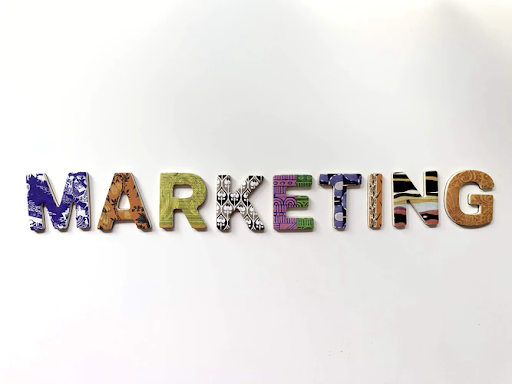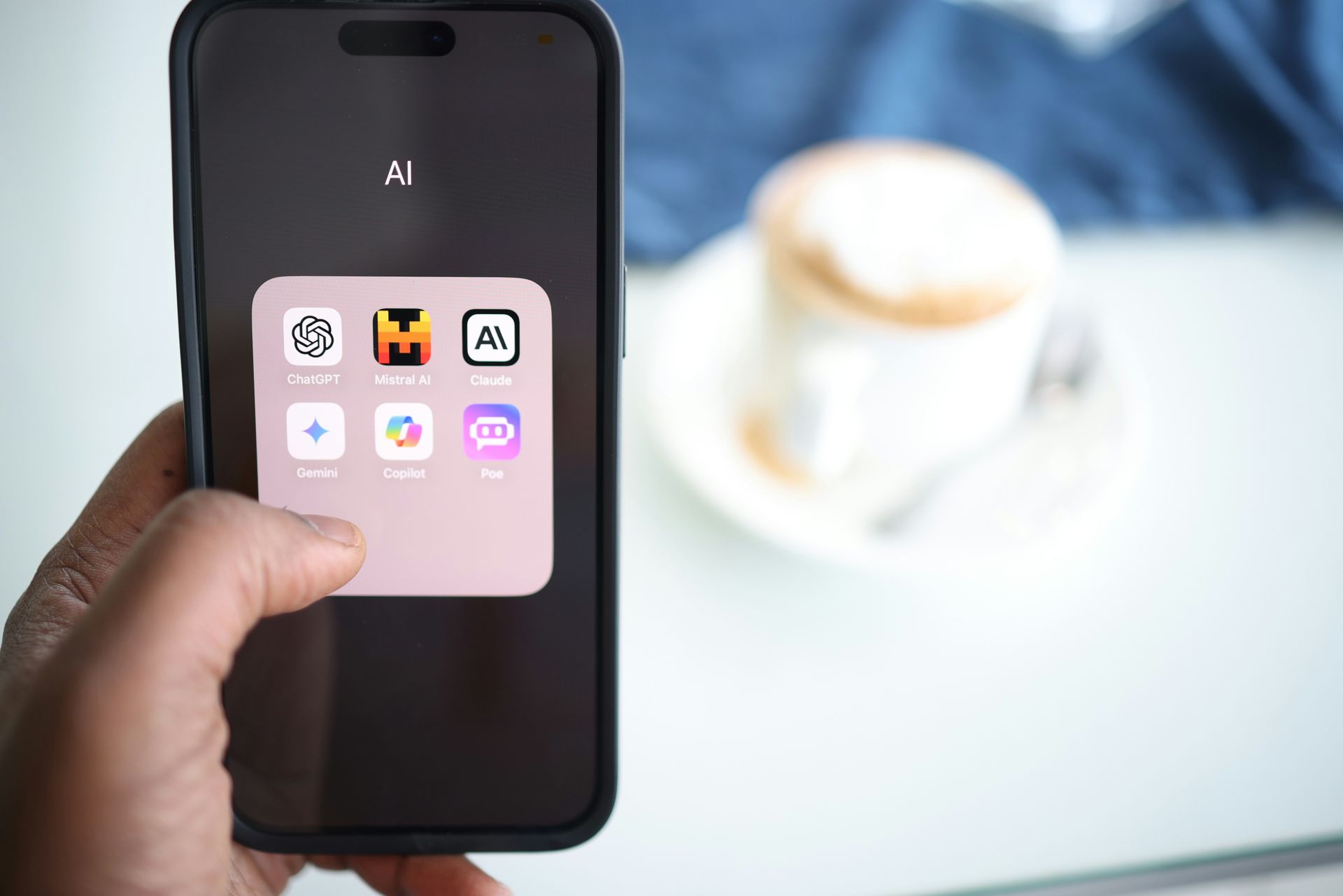Learning About Lead Generation

You know the feeling: You’re in the middle of something important and all of a sudden your phone rings. The screen reads “possible spam” and you send it straight to voicemail, trying not to be too annoyed. With lead generation, you can get your customers’ attention without being that business that’s always spam-calling.
Defining Your Leads
Simply put, a lead is anyone who, at any point, shows any interest in your business. Generally, leads engage with a business after an initial point of contact (think: email marketing or website discount codes) and not as a result of a cold call or cold contact. You can think of leads as the buying cycle a website visitor takes to become a paying customer.
Paid Versus Organic
It’s much easier to make that transition from visitor to customer when the initial interest in your business is organic and much cheaper. That said, there are some instances where it makes sense to pay for lead generation. New businesses that need to build a reputation before even thinking about growing a social media audience can get a real boost from pay-per-click (PPC) or paid search ads to start traffic flowing to newly-built websites.
Once you’ve garnered an audience through inbound channels like your blog, social media channels, and keyword-optimized content, the lead generation process can begin to send customers down the appropriate funnels.

The Lead Generation Process
It’s easy to understand why lead generation works so well by breaking it down into four steps.
- Visitors discover your business through the inbound channels mentioned above.
- They then act on a call to action (CTA) that encourages them to take the next step.
- The CTA redirects to another website page to capture the lead’s information.
- Leads then fill out forms to submit in exchange for a special offer.
Once you’ve assembled the pieces, you can put them all together to create a template of sorts for your content marketing and SEO work.
Which Lead Gen Methods Work?
If you get creative with your marketing partner, you’ll find a long list of channels to leverage to generate leads. We’ve discussed some of the most common:
Content
This is the text and graphics that sit on your website landing pages that speak to your customers’ pain points. Use that content to entice landing page visitors to click the corresponding call to action, which they’re more likely to do when your content is created to delight and engage.
Blogs
Also considered website content, blogs are a great piece of real estate for building a lead-generating machine. Blog posts can be tailored to your lead generation campaign goals and include a unique call-to-action based on the blog topic. This content is ideal for businesses that offer seasonal products or services.
Social Media
If this seems like the most obvious choice of channels for lead generation efforts, that’s because it is. Platforms like Facebook and Instagram are built on engagement, meaning calls to action are baked into the user experience. This is excellent news for businesses and brands looking to build organic interest and drive organic website traffic and conversions.

Take a Comprehensive Approach
There’s no question that the right lead generation strategy can offer your business a windfall of revenue, but that doesn’t mean it’s easy for owners to tackle on their own. It’s also worth pointing out that lead generation doesn’t happen in a vacuum; it’s just one element in an overall marketing plan.
Our approach to lead generation is different. Because we “Do It For You” with comprehensive marketing services for a set monthly fee. All of our programs include fundamentals like building or redesigning a new website. Most importantly, we also nurture and maintain your site for you with ongoing new content, technical updates, security, and SEO best practices to continuously improve your search results.
We also link your site to the rest of the top online platforms like Facebook, Twitter, and LinkedIn, and we nurture those accounts with a steady stream of original content.
Whether you just want to look professional to prospective customers or employees who are “kicking your tires” or if you also want to gain a steady stream of new leads and phone calls generated from Google searches that lead to your website, we can help. Contact us today to get started!
The post Learning About Lead Generation appeared first on Cole Dalton.









